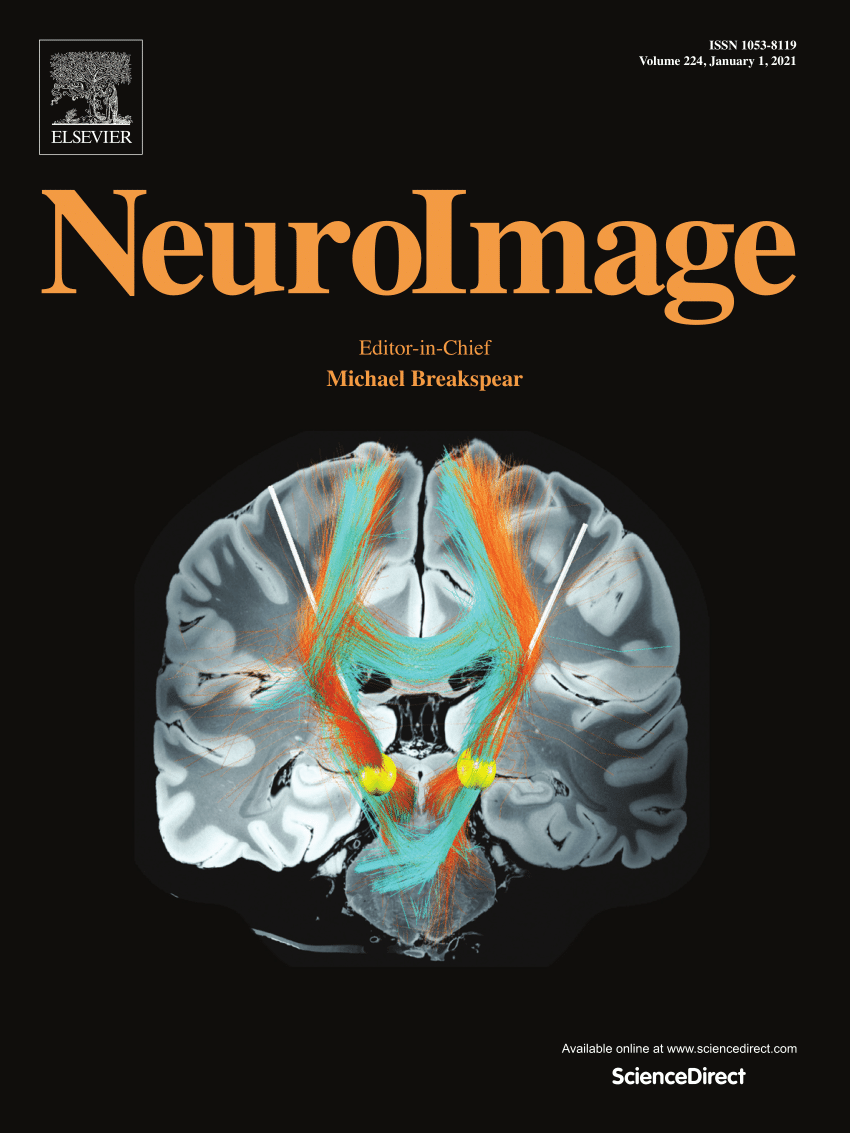Augmenting brain-computer interfaces with ART: An artifact removal transformer for reconstructing multichannel EEG signals
IF 4.7
2区 医学
Q1 NEUROIMAGING
引用次数: 0
Abstract
Artifact removal in electroencephalography (EEG) is a longstanding challenge that significantly impacts neuroscientific analysis and brain–computer interface (BCI) performance. Tackling this problem demands advanced algorithms, extensive noisy-clean training data, and thorough evaluation strategies. This study presents the Artifact Removal Transformer (ART), an innovative EEG denoising model employing transformer architecture to adeptly capture the transient millisecond-scale dynamics characteristic of EEG signals. Our approach offers a holistic, end-to-end denoising solution that simultaneously addresses multiple artifact types in multichannel EEG data. We enhanced the generation of noisy-clean EEG data pairs using an independent component analysis, thus fortifying the training scenarios critical for effective supervised learning. We performed comprehensive validations using a wide range of open datasets from various BCI applications, employing metrics like mean squared error and signal-to-noise ratio, as well as sophisticated techniques such as source localization and EEG component classification. Our evaluations confirm that ART surpasses other deep-learning-based artifact removal methods, setting a new benchmark in EEG signal processing. This advancement not only boosts the accuracy and reliability of artifact removal but also promises to catalyze further innovations in the field, facilitating the study of brain dynamics in naturalistic environments.
求助全文
约1分钟内获得全文
求助全文
来源期刊

NeuroImage
医学-核医学
CiteScore
11.30
自引率
10.50%
发文量
809
审稿时长
63 days
期刊介绍:
NeuroImage, a Journal of Brain Function provides a vehicle for communicating important advances in acquiring, analyzing, and modelling neuroimaging data and in applying these techniques to the study of structure-function and brain-behavior relationships. Though the emphasis is on the macroscopic level of human brain organization, meso-and microscopic neuroimaging across all species will be considered if informative for understanding the aforementioned relationships.
 求助内容:
求助内容: 应助结果提醒方式:
应助结果提醒方式:


